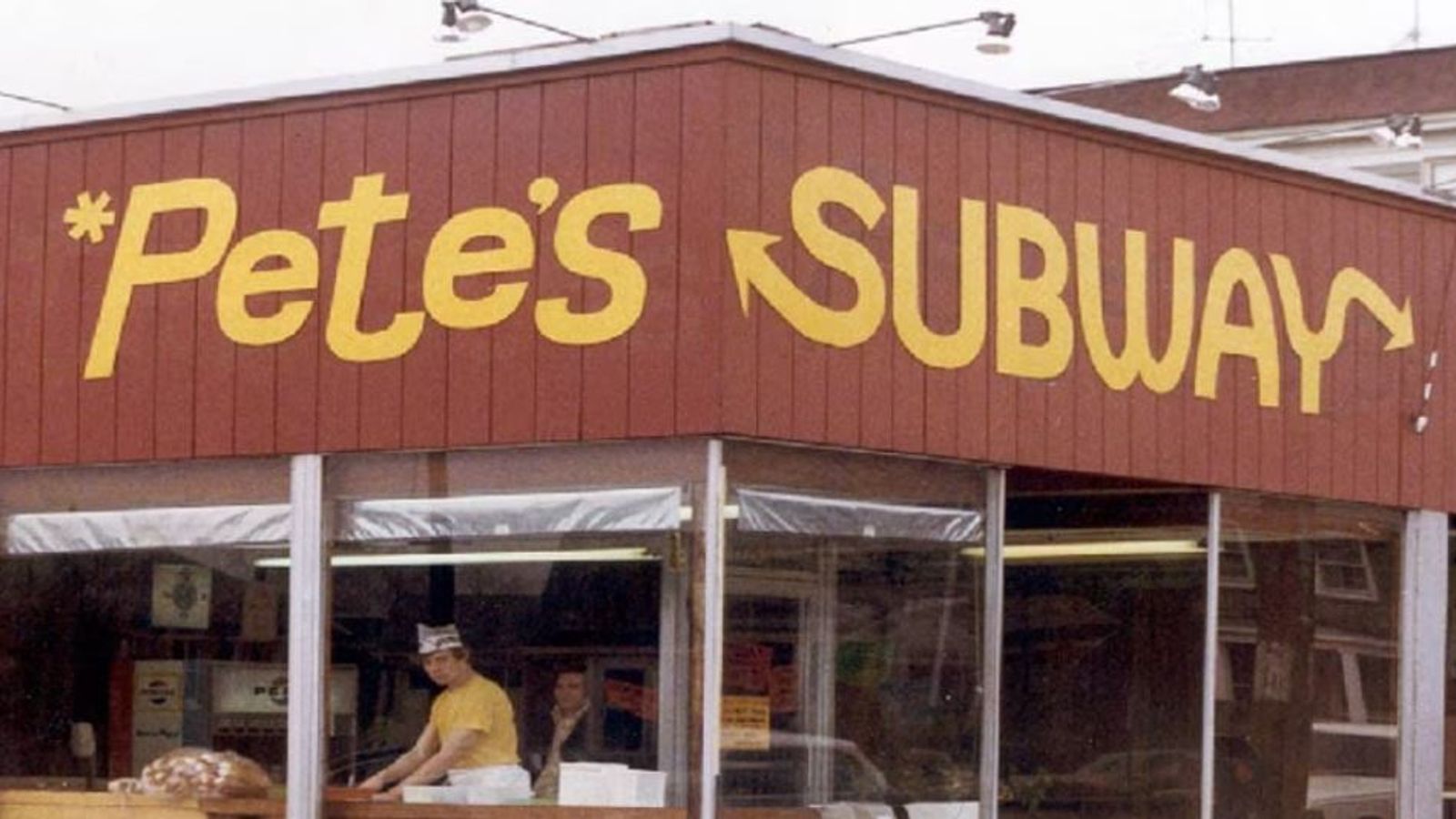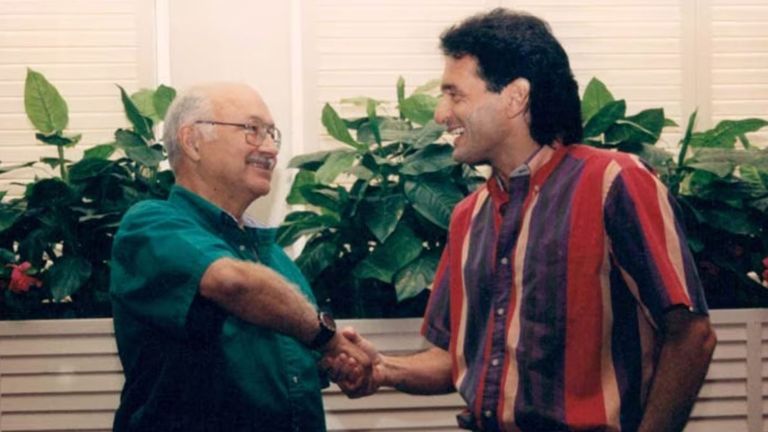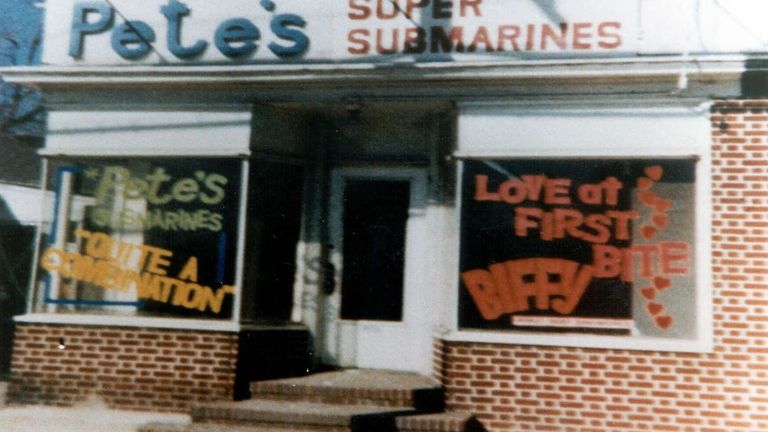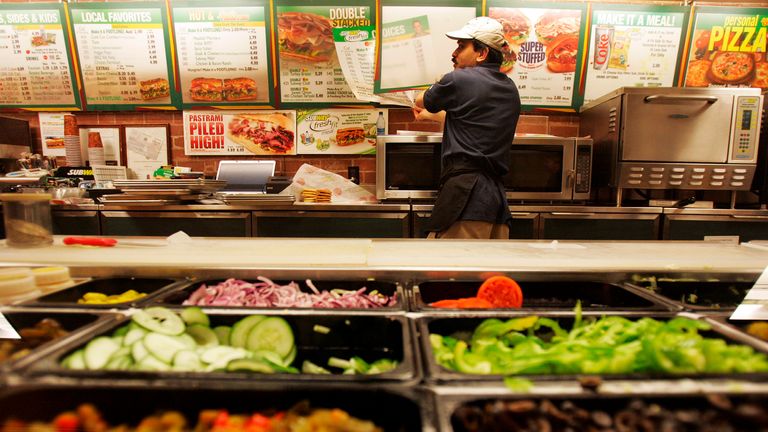It was one of the most lucrative changes of career in business history.
In 1964, Fred DeLuca was a 17-year-old medical student working in a hardware store to help pay his way through college.
Realising he was not earning enough for his needs, he asked a family friend, Peter Buck, whether he had any bright money-making ideas.
He later recalled: “Pete said ‘Why don’t you open a submarine sandwich shop? You sell great sandwiches, and people will come’.”
Dr Buck – a nuclear physicist with a PhD – did more than just offer advice. He gave Mr DeLuca a $1,000 loan to open a store in Bridgeport, Connecticut.
That was the humble beginning of Subway, now the world’s eighth-largest fast food chain, which this week was bought by the private equity firm Roark Capital for a sum thought to be north of $9.6bn (£7.6bn).
That first shop, which opened on 28 August 1964, was called Pete’s Super Submarines and advertised itself with the slogan: “Try one for Pete’s sake!”
It got off to a flying start.
Mr DeLuca, a factory worker’s son, told the Chicago Tribune in 1985: “On our first day, we ran out of all ingredients and sold 312 sandwiches; foot-long subs with cheese, ham, salami and a variety of vegetables. I’d done a great job of promotion.”
Shortly though, the pair realised the site of the store was not ideal.
Mr DeLuca recalled: “I picked a horrendous location. The people didn’t come back. We’d meet on Monday nights and discuss how we were doing. On one Monday night in February, we met after selling seven sandwiches. That was one sandwich for each employee.”
It was at this point the pair took a bold decision. Rather than close the store, they chose to open a second one in the neighbouring town of Fairfield, reasoning that the second one would help advertise the existence of the first.
Brooklyn-born Mr DeLuca, who in his childhood had shown his entrepreneurial flair by selling comic books to his friends, went on: “We built the store by supplier credit. I think the suppliers fancied the idea of dealing with a 17-year-old kid. We opened up the new store in May, and both stores started to take off.”
A third outlet followed shortly afterwards – and working 50-hour weeks in the stores, Mr DeLuca switched from medical school to the less time-intensive psychology, in which he eventually qualified.
After the fourth store opened in 1967, the pair shortened the name of the business – which had already been changed to Pete’s Subway – to simply Subway.
The pair then set themselves a target of reaching 32 outlets within their first decade in business but, eight years in, they had reached just 16.
That informed their next big decision, which was to start selling franchises, emulating the success of McDonald’s. They named the franchisor business, in a nod to their backgrounds, Doctor’s Associates.
It proved the move that paved the way for the chain’s explosive growth. Subway opened its 100th store in 1978 and its 200th just three years later in 1981. It now has an estimated 37,000 sites around the world.
The business catapulted the pair to billionaire status – but Mr DeLuca died from leukaemia at the age of 67 in 2015. His sister Suzanne Greco, who had been head of operations and research and development, took over the running of the company.
By then, though, Subway was retrenching. Annual sales had peaked at $18bn (£14.2bn) in 2012 and went into reverse amid signs that its domestic US market had become saturated following aggressive expansion that drove some of its competitors to the wall.
Nimbler competitors, such as Chipotle and Chick-fil-A, took market share from it in the US – and there were also a series of ugly disputes with franchisees.
Meanwhile, Jared Fogle, who had fronted its advertisements for more than a decade, was jailed in 2016 following a child pornography scandal.
Ms Greco was unable to stem the decline and was not helped by Dr Buck telling the New York Post in 2017 that, having known her since her childhood, he had never seen her as Mr DeLuca’s “heir apparent”.
In 2019, she handed over the reins to John Chidsey, Subway’s first chief executive from outside the two families. Mr Chidsey, a former Burger King executive, closed unprofitable outlets, overhauled the menus, spent more on advertising and took Subway more deeply into online sales, helping it navigate COVID lockdowns and the subsequent labour shortages – plus food price inflation that followed the global economy’s reopening after the end of the pandemic. In 2022, it returned to sales growth for the first time in a decade.
The trigger for this week’s sale came in November 2021 when Dr Buck, who famously would consume five Subway sandwiches weekly, died at the age of 90 and left his stake in the business to his charitable foundation. It still took until January this year for the company to confirm it was exploring a sale.
The sale proceeds will be split equally between the Peter and Carmen Lucia Buck Foundation – as well as Mr DeLuca’s widow Elisabeth, who reportedly inherited her late husband’s entire shareholding.
Roark has plenty of experience of the fast food and restaurant markets. Companies it has backed own a number of other businesses in the sector including Dunkin’ Donuts and the Arby’s burger chain.
Mr Chidsey told The Wall Street Journal this week that Subway will be run separately from Roark’s other restaurant businesses.
He told the paper: “They understand our business. From the family’s perspective, it was a compelling offer that I think works for everybody.”
Under Roark’s ownership, Mr Chidsey said, expansion would be very much back on the agenda for Subway.
It has signed a number of deals with international franchisees, through which it aims to open about 9,000 restaurants, including 4,000 in China alone during the next two decades.
He told the WSJ that Subway could grow to around 60,000 outlets worldwide – going into new countries it has not previously entered and competing in the broader restaurant industry.
It all feels a long way from Subway’s romantic beginnings.






